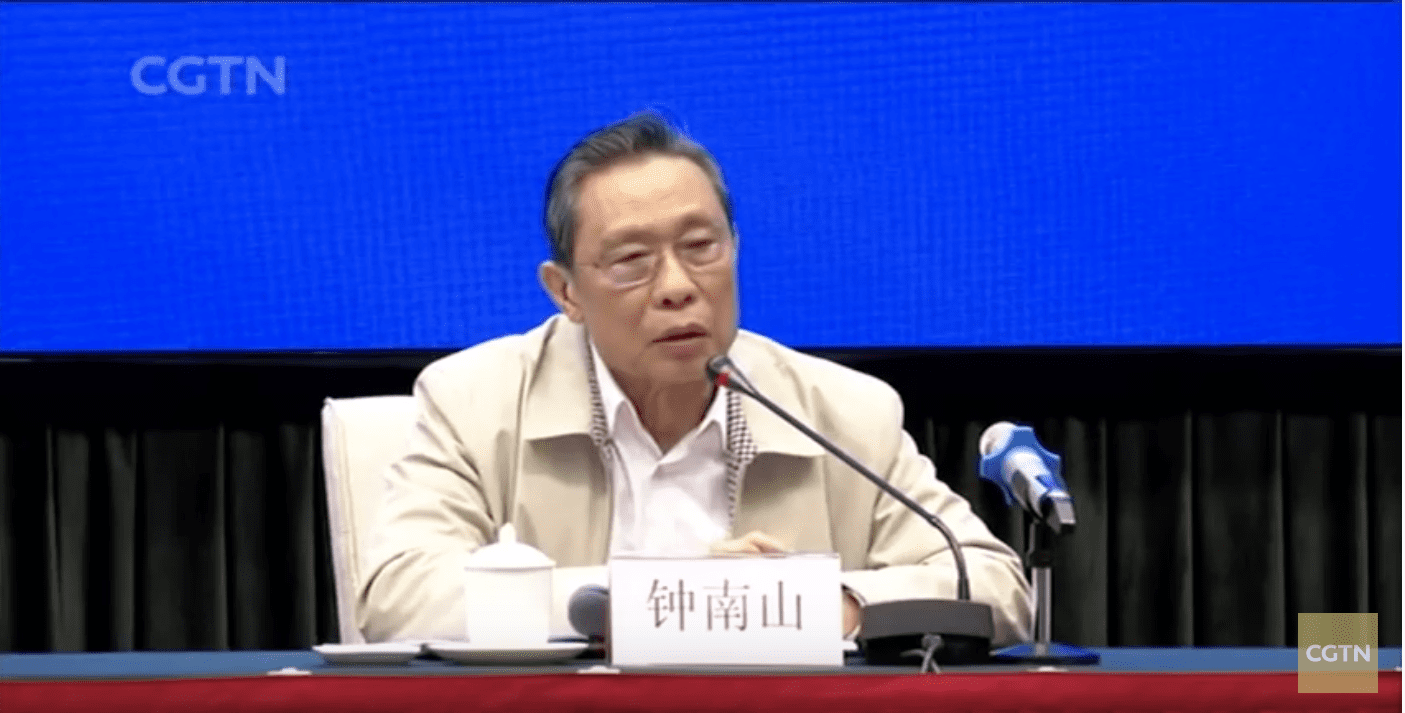
Zhong Nanshan, CGTN via YouTube
Harvard joins coronavirus fight with $115M and a high-profile Chinese partner
For two months, as the novel coronavirus swelled from a few early cases tied to a Wuhan market to a global epidemic, most of the …
Sign up to read this article for free.
Get free access to a limited number of articles, plus choose newsletters to get straight to your inbox.